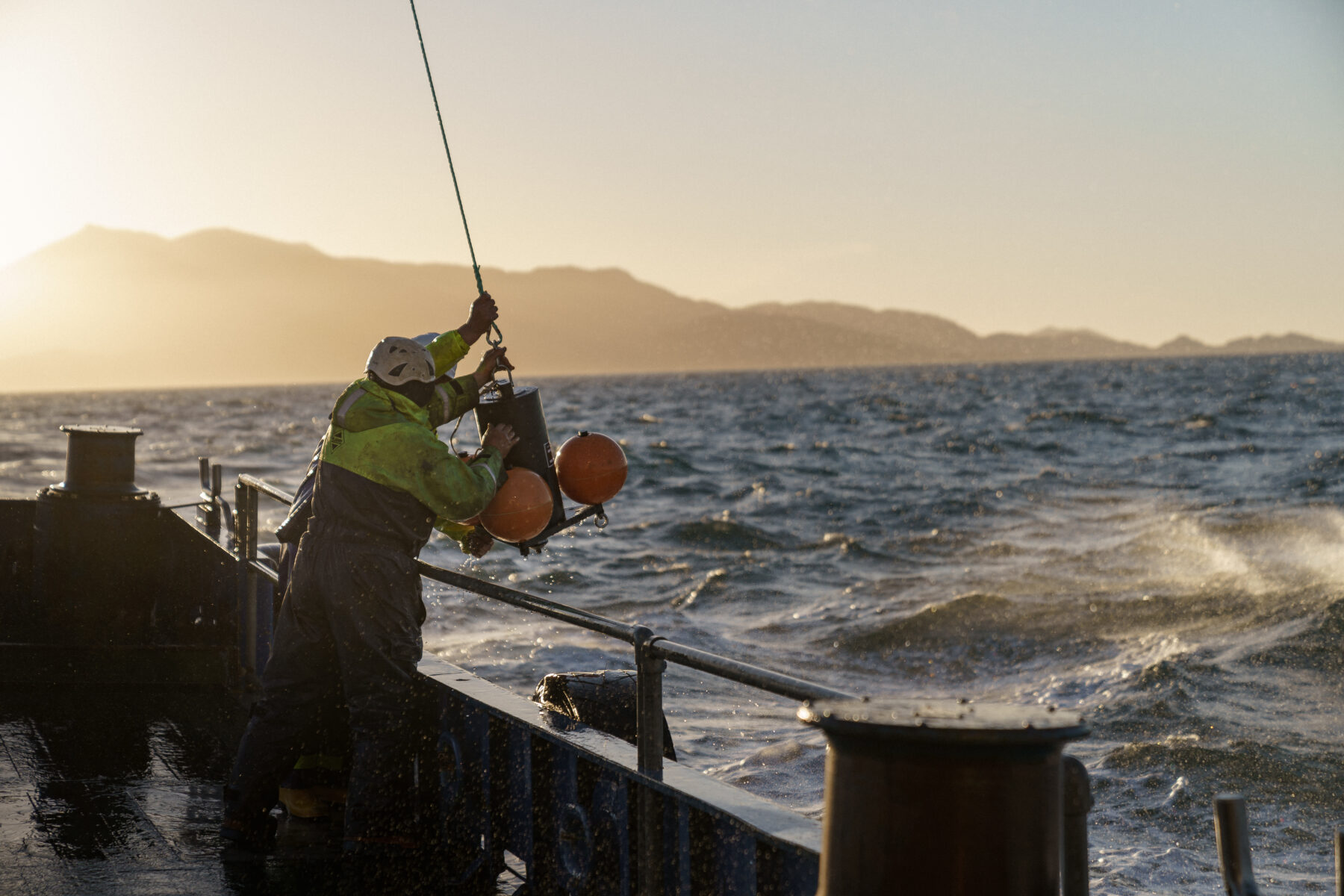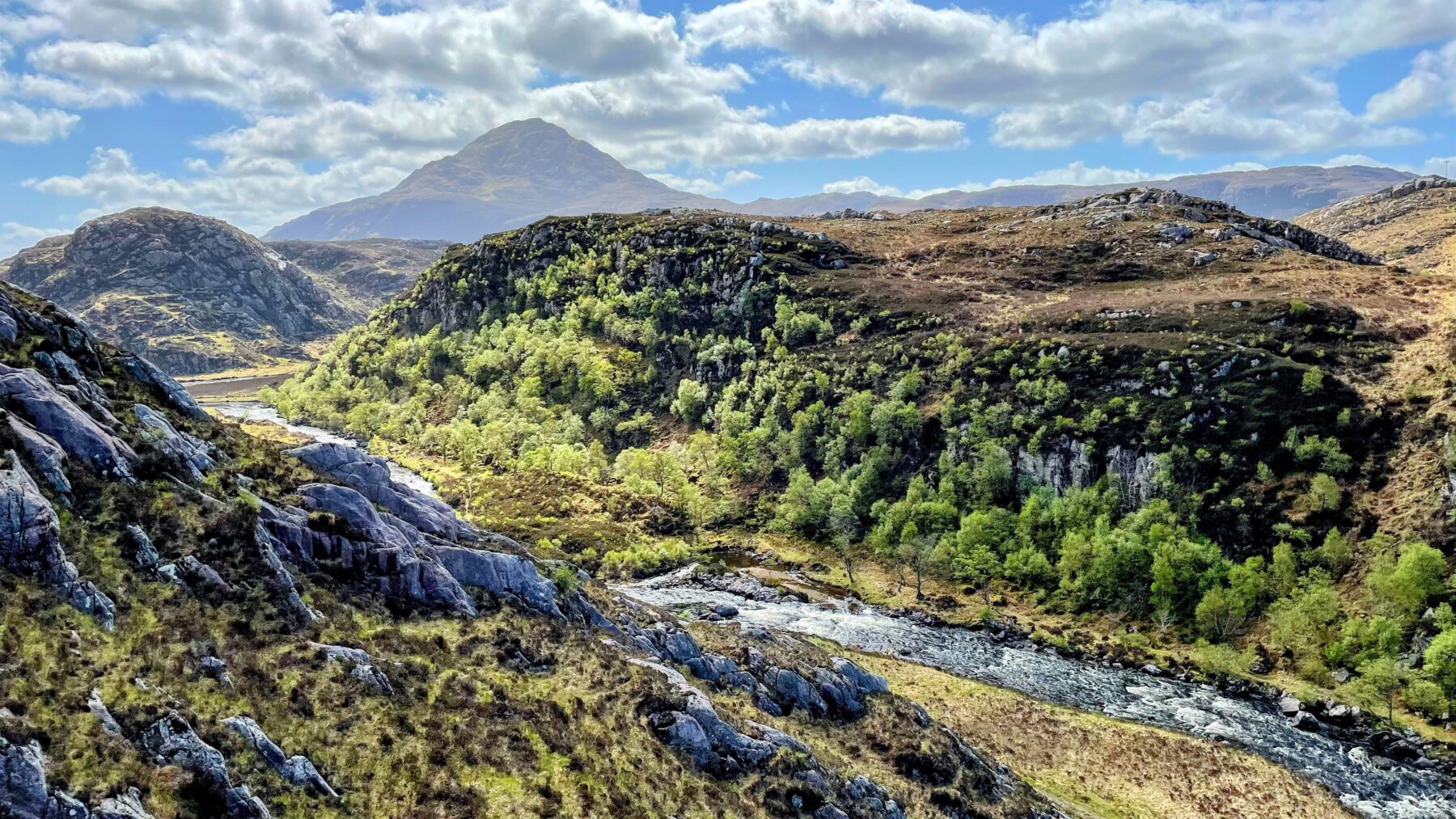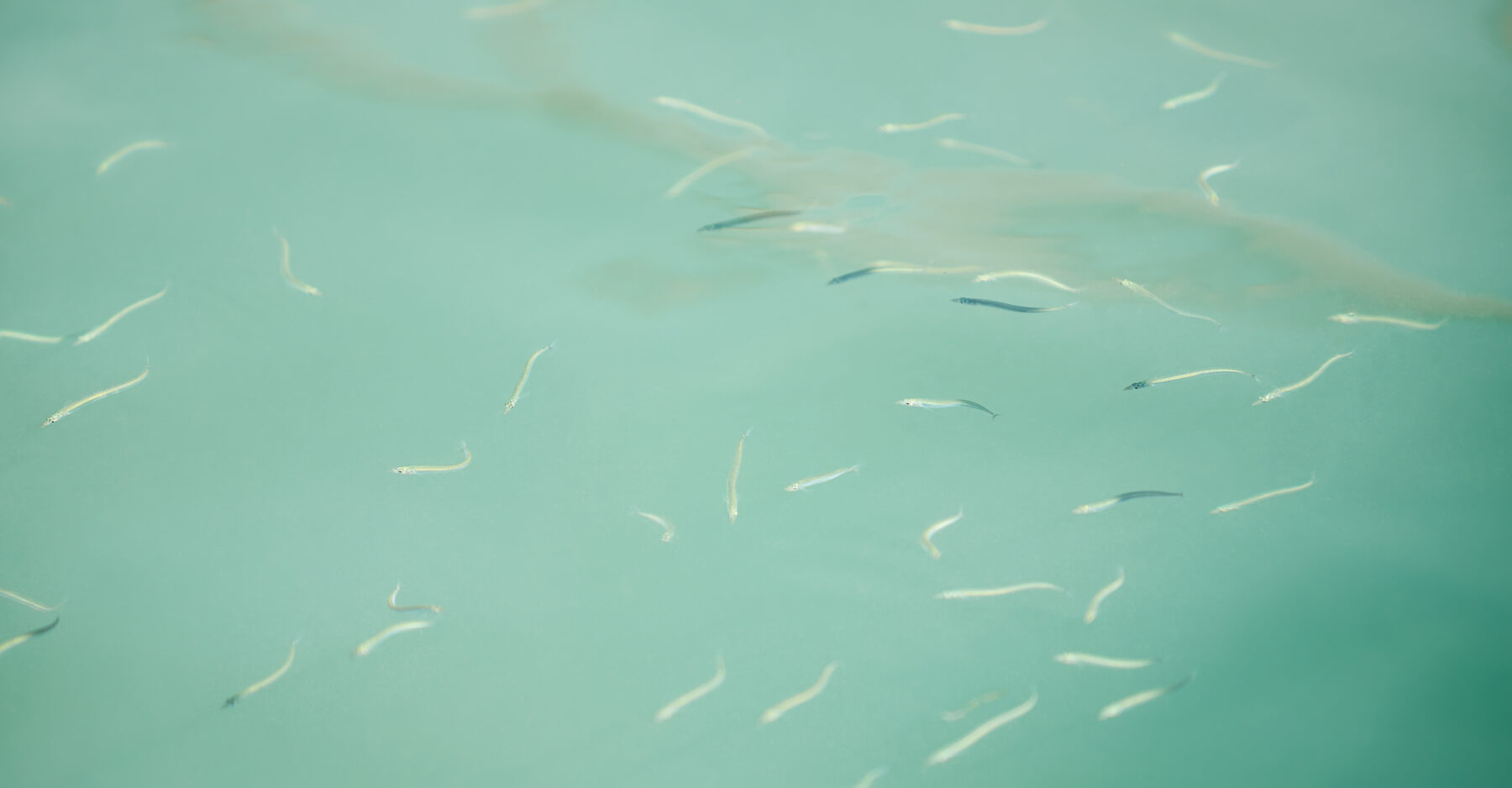By Alison Baker, Restoration Director

The life of a wild Atlantic salmon or sea trout is all about the journey. As these migratory salmonids leave their natal rivers, traverse the high seas and then return all the way home again, their success on this journey is integral to their ability to produce the next generation of their species.
Whilst at sea, these fish have to eat – a lot. Juveniles leaving their home rivers have to quickly find the food they need to develop the muscle and bones required to travel epic distances, sometimes thousands of miles across the Atlantic, in order to travel between different marine feeding areas. Climate change is thought to be exacerbating the difficulties of marine survival due to changing temperatures, plankton abundance and shifting oceanic currents, all of which may be impacting on where salmon go and how successful they are.
There are many unanswered questions about the marine zone. How does temperature influence salmon migration routes? What is happening to their prey species? To what extent are juvenile salmon being caught as bycatch in commercial fisheries?
Thanks to partnership projects like the West Coast Tracking Project, more and more information is now being gathered on the early marine migration routes that young wild Atlantic salmon (smolts) are using, and this work is an important step towards answering some of those other questions. So too is the work of the Missing Salmon Alliance’s Likely Suspects Framework team, who last year enabled the linking of a French salmon smolt’s PIT (Passive Integrated Transponder) tag to the haul from an Icelandic mackerel fishing vessel.


When humans travel, we know the destination we’re aiming for, we plan our route, and plan where to stay and where to eat. Wild Atlantic salmon and sea trout must do this instinctively. On setting out from the freshwater environment, its vital that our young fish head off in the best condition possible to give them the best chance at overcoming their marine challenges. We know that fitter wild salmon smolts survive best at sea. That piece of evidence forms the background of our current partnership programmes such as Project Laxford, Project Deveron and Save the Spring, which all seek to restore natural processes in our freshwater river catchments to give juvenile salmon the best possible start in life.
But what happens after they leave freshwater? When do they get their next meal, and what happens to them if this has been taken by another species? We often consider the direct impacts of other species, including ourselves, on the fish, but in a complex and interconnected ecosystem, taking away another’s food is just as bad. As juvenile fish (now in the ‘post-smolt’ stage) move through brackish water and into the coastal zone they need to continue to eat and grow. So what is there for our post-smolts to eat?


One food source is the sandeel, and whilst the classic picture of the puffin clutching sandeels in its beak may instantly come to mind, our young post-smolts are also looking for some to eat. The most comprehensive study of the diet of post-smolts found that ‘sandeel was the most important prey item around the British Isles’. This study particularly highlighted the importance of sandeel in their larval form as prey for post-smolts, and the overall high prevalence of sandeel in post-smolt diets to the west of Ireland and Scotland, and in the northern North Sea.
”A regional presentation of post-smolt diet and stomach fullness shows that sandeel was the most important prey item around the British Isles.”
Impacts of a Changing Ecosystem on the Feeding and Feeding Conditions for Atlantic Salmon During the First Months at Sea
– Utne et al. 2020
Another study found that the stomach contents of post-smolts from the North Sea were comprised of 99.7% sandeel.


If human activity removes sandeels from the food web by fishing out a large percentage of their population, then it is logical to think there will be less food and more competition for resources during the first part of our post-smolts’ journeys. This could impact on the fitness of fish at this important stage and therefore their ability to travel successfully to the larger, more distant marine feeding grounds. Weaker and slower fish may be more likely to find themselves as prey for predators, including cetaceans, seals, birds and other fish.
At present we can influence the freshwater environment to a much larger degree than the marine environment, and we must ramp up the scale and pace of restoration action in our river catchments to ensure our smolts leave their rivers in good health and fitness. Equally though, our fish need to be able to stay healthy and not be subject to weakness from hunger as they travel through the coastal zone and out to sea.
This balance of food, which humans have disrupted by unsustainable fishing practices, must be restored. Sandeels are not generally eaten directly by people, but are in demand for their oil and usage as animal feed for livestock and farmed salmon. In the latter case, not only does the commercial exploitation of sandeel remove prey animals from the food web that wild salmonids depend on, but then also channels it into an activity which presents further risk to wild salmonids.
In 2023 the Atlantic Salmon Trust formally responded to consultation processes on the closing of commercial sandeel fishing, and we are now delighted that both the UK and Scottish Governments have announced that sandeel fisheries in English and Scottish North Sea waters will be banned.
Such action will not only undoubtedly benefit wild Atlantic salmon and sea trout, but also the many other creatures which rely on this vital food source.